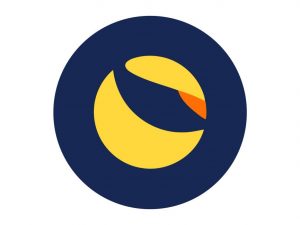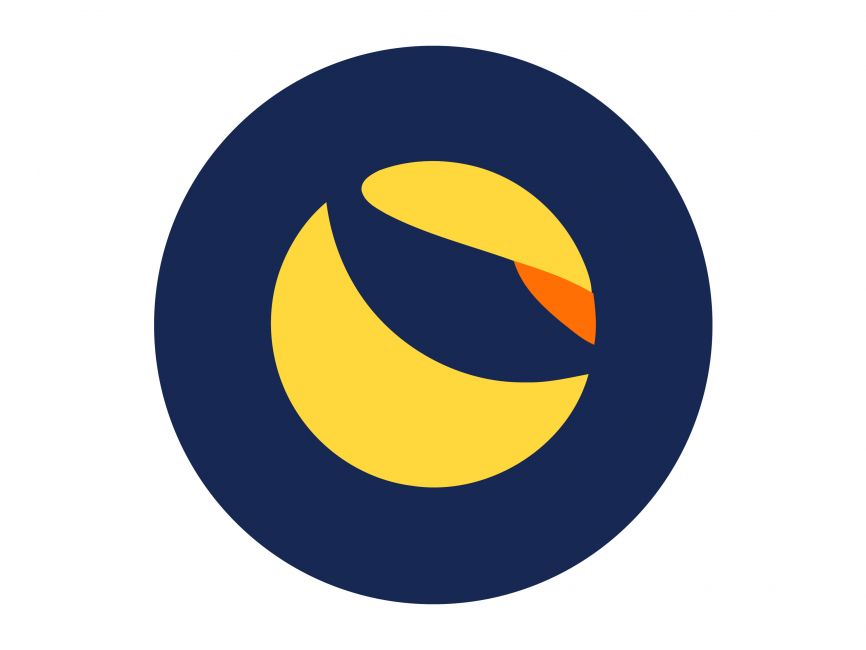Terra was created by Daniel Shin a graduate of Pennsylvania University and Do Kwon a graduate of Stanford. The white paper for the Terra blockchain was released in April 2019, the month its mainnet was launched. It describes Terra as a price-stable, growth-driven stablecoin that achieves price stability using an elastic money supply and enabled by stable mining incentives.[1]
Terra is a public blockchain protocol deploying a suite of algorithmic decentralized stablecoins which underpin a thriving ecosystem that brings DeFi to the masses.[2]
Terra is a proof of work blockchain that is intended to maximize the potential of the cryptocurrency with mass payment processing and the creation of a stable coin. The Terra payment processing platform only charges 1% of each transaction.
Terra created two channels with their cryptocurrencies one that could be invested in for a future price increase and another with a stable price for payment processing. Stablecoins are cryptocurrencies pegged to fiat currencies.
Terra has several algorithmic stablecoins on their blockchain for different fiat currencies.
UST for the U.S. Dollar.
KRT for the Korean Won.
EUT for the Euro.
Terra is trying to bring the advantages of cryptocurrencies and decentralized finance mainstream by making it simpler, faster, and cheaper to use without the volatility and unpredictability of prices. The UST, KRT, and EUT stablecoins were created to be used on the Terra blockchain for transactions. Terra has had success with their payment system adopation in South Korea and Taiwan saving merchants approximately 1.5% in processing fees and overtaking Bitcoin Cash and Litecoin in popularity there.
Luna is the native coin on the Terra blockchain with a floating price value based on buying and selling used to maintain the stable value of Terra and for network fees. If UST has trouble staying pegged to the U.S. Dollar then Luna is used to incentivize actions that maintain the peg either by burning existing UST or minting more of it. If more UST is needed they can mint them and distribute them to Luna holders if less are needed existing UST can be traded in for $1 in Luna.
Profits in the Terra ecosystem come from more money from the outside flowing in to maintain the stable coins and increase the Luna value. So the value derives from the utility of the Terra blockchain.
People that are bullish on the Terra blockchain should hold Luna. People who want to use the Terra network for transactions should hold UST, KRT, or EUT to use when needed.
Terra has two big protocols Anchor and Mirror.
Mirror can be used to create mAssets that represent other assets, similar in ways to ETFs on the stock exchange. Mirror can also be used to buy fractional ownerships in real physical assets, digital assets, or synthetic assets.
Anchor uses the staking mechanism of Terra to create what is basically saving accounts that can pay double digits in annual interest.
Terra was created using the Cosmos blockchain to integrate with other blockchains for interoperability. With the goal from the beginning to be build an entire ecosystem of DeFi products and services.[3]

